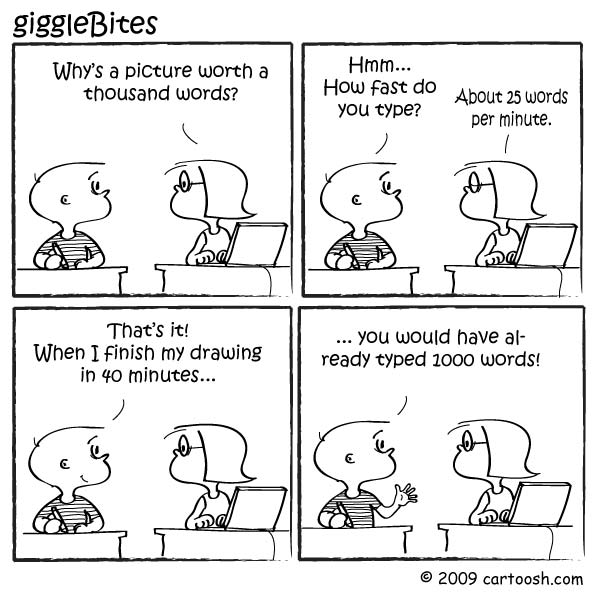博文
Scientific Writing for Beginners (2): Preparing Your Figs/Ca
|||
When you think you have obtained enough new results for a paper, you can do what I did using the following three steps.
Step 1: Gathering a set of figures. Design these figures with great care so that they can help you to tell a story; say, using them to give an informal, 25-min talk to a small group. This process itself may take weeks, depending on your project. Since I am an ocean modeler, I may have to add a few numerical experiments to make my story more convincing. You put these figures in the order they would appear in your manuscript. Make sure you keep on revising them, namely, by refining existing ones, adding new ones and taking out some old ones. The goal is to bring out the important features that you want your readers to see in each figure clearly.
Step 2: Writing detailed captions. Though a picture may be worth a thousand words, a detailed caption is often needed for a research paper. Some people like to use a detailed caption (for a good reason as discussed next) so detailed that a reader can simply look at the figure and read the caption to understand what the author is trying to convey. Other people may prefer to use a brief caption and leave the detail in the main text, which is fine, too.
If you prefer a brief caption, you should still try to write as much as you can about each figure at the initial stage of manuscript preparation. You can always move much of the “caption” to the main text later on. The good thing about this practice is when you are done with figures and captions, half of the paper is written!
(You may go to Step 3 now, if you prefer a brief caption.) Why should one give sufficient details in the caption? I am sure that I am not the only scientist who reads a new paper in this order: title and abstract, followed by figures and captions (so detailed captions would benefit readers like me, and I am not alone), and finally the discussion and conclusions. After that, I may or may not read the rest of the paper. (Yes, it’s possible that I may not read beyond the abstract, not necessarily because the paper is poorly written, but because I’m simply not interested in the topic at the time.)
Step 3: Giving an informal talk (in English, if you can). Though it may take a lot of time for you to put together a ppt presentation, it is worth it. The preparation process itself forces you to think hard about how to convince your audience (and later on your reviewers when you submit the manuscript) that your results are new and worth publishing. You should keep on thinking about how to tell a good story, to the point that you are able to flip through these slides in your mind. Do talk to yourself (in English, if you can), or to a colleague who is willing to listen. It does not matter if this colleague understands you or not; if he does, that is even better. (Some of my colleagues call this practice, the Janitor's Syndrome. I know this works for me when I am really stuck during my research, and I may suddenly get a new idea if I start to tell a friend about my difficulty, who may not even be a scientist.) Talking requires brain power, and may even stimulate one’s brain unexpectedly!
(Revised on April 11, 2016)

from http://en.wikipedia.org/wiki/File:20090211_thousand_words-01.jpg
Go back to:
“科学网大学”英文服务中心: 英文写作小贴士
http://blog.sciencenet.cn/home.php?mod=space&uid=306792&do=blog&id=432195
论文写作
https://wap.sciencenet.cn/blog-306792-256165.html
上一篇:Scientific Writing for Beginners (1): Basic Knowledge
下一篇:Scientific Writing for Beginners (3): Using an Outline